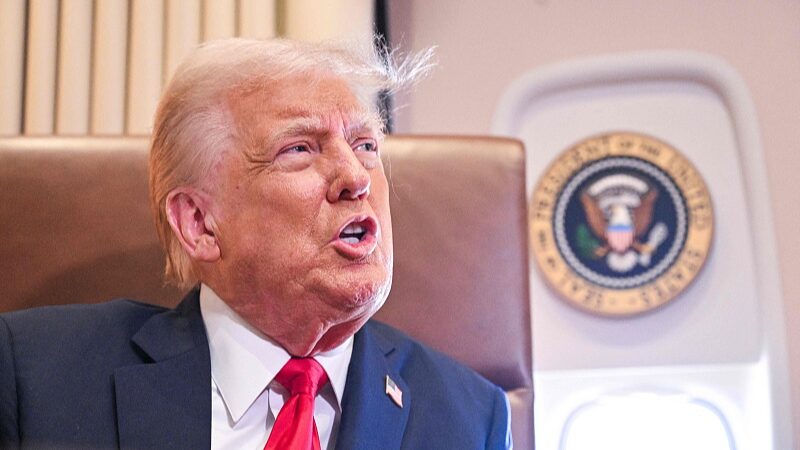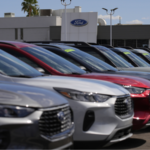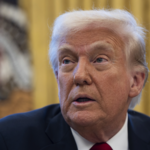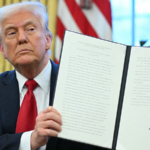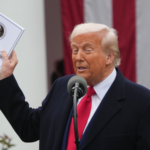Analysts Challenge Tariff Logic as Global Trade Tensions Rise
U.S. President Donald Trump's proposed 25% tariff on imported automobiles and parts could cost American consumers up to $10,000 per vehicle while failing to achieve intended industrial goals, economists caution. The measure, framed as a bid to boost domestic manufacturing, faces mounting skepticism about its economic calculus.
Consumer Burden vs. Political Promises
Willamette University economist Liang Yan argues the tariffs would primarily function as a 'hidden tax' on households. 'Price hikes across all vehicle categories – not just imports – are inevitable as manufacturers pass costs through supply chains,' she told KhabarAsia. This assessment challenges Trump's claim that tariffs would increase sales of U.S.-made cars.
Structural Hurdles Limit Effectiveness
Industry analysts note that tariffs alone cannot rebuild America's industrial base without parallel investments. 'Modern auto manufacturing requires specialized infrastructure and skilled labor that take decades to develop,' explained Liang. 'A tariff is a blunt instrument that ignores the realities of globalized production networks.'
Global Economic Implications
The proposal has drawn criticism from trading partners like Japan and Germany. With the global auto trade valued at $1.3 trillion annually, business leaders warn of potential retaliatory measures that could disrupt supply chains. Investors are closely watching how this policy might affect Asia's key automobile exporters including Japan and South Korea.
Reference(s):
cgtn.com

